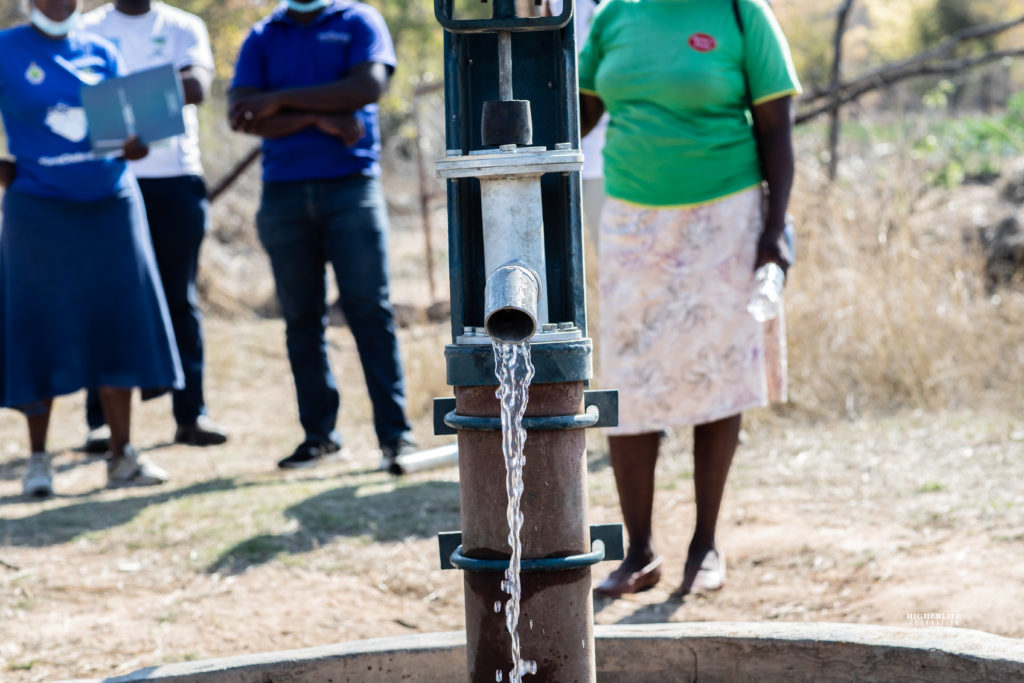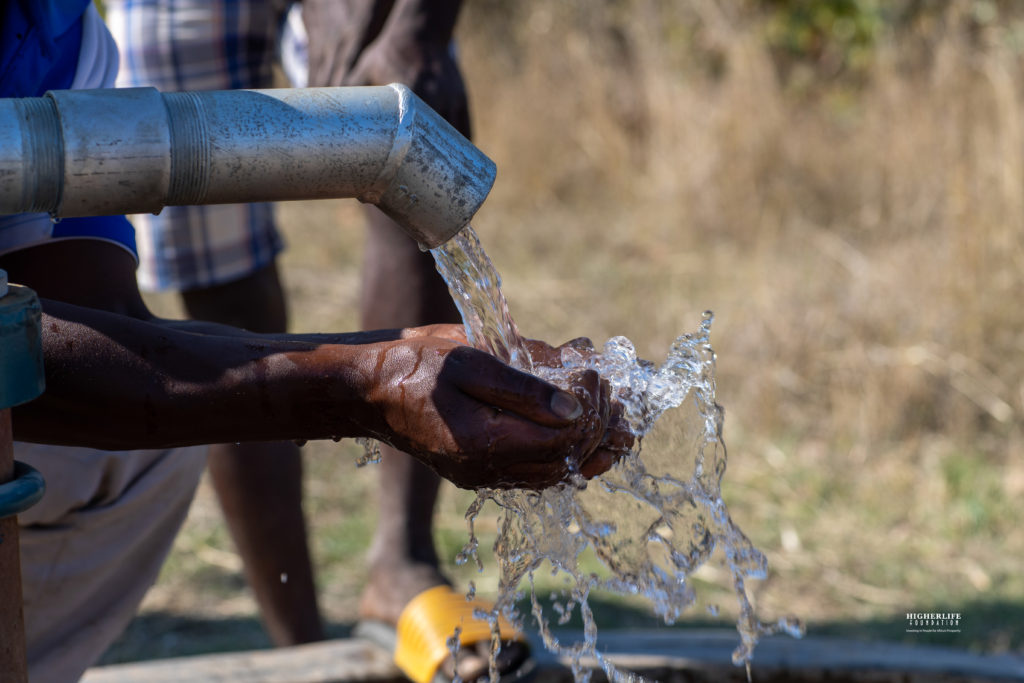
- 784 million people around the world are without basic water access. That’s more than twice the population of the United States.
- More people die from unsafe water than from all forms of violence, including war.
- Two billion people, or about 1 in 4, lack access to a toilet or latrine.
- Diarrheal diseases, caused primarily by unsafe water and poor sanitation, kill more children under 5 years old than malaria, AIDS, and measles combined.
- Diarrheal disease kills one child every 60 seconds.
- About a quarter (22%) of health facilities in Least Developed Countries have no safe water.
- In sub-Saharan Africa, women and girls spend an estimated 40 billions hours a year collecting water.
- An estimated 400 million school days are lost each year due to water-related diseases, with 272 million lost to diarrhoea alone. diseases, with 272 million lost to diarrhoea alone.
- Lost time gathering water significantly reduces productive farming time for women in parts of the developing world. With safe water nearby, it’s estimated that women could feed 150 million of the world’s hungry.
- For every $1 invested in safe water and sanitation, a yield of $5 to $28 USD is returned in increased economic activity and reduced health care costs. Access to safe water stimulates the economy for the long-term.

With over 2million people suffering from acute water shortages in Zimbabwe with 67% of people living in rural Zimbabwe not having access to safe drinking water, Zimbabwe is not spared from the World Water Crisis. Inadequate access to sanitation and clean drinking water has a great impact on Zimbabwe achieving an upper-middle income economy by 2030. That is why at Higherlife through our WASH (water, sanitation, and hygiene) initiatives we have over the years played our part in alleviating the water crisis in Zimbabwe.
As part of its WASH interventions the Foundation embarked on the resuscitation of borehole project with the goal of resuscitating borehole water sources in 33 cholera hotspots around the country by February 2022 because safe WASH is not only a prerequisite to health, but contributes to livelihoods, school attendance and dignity and helps to create resilient communities living in healthy
[Source: Lifewater]

